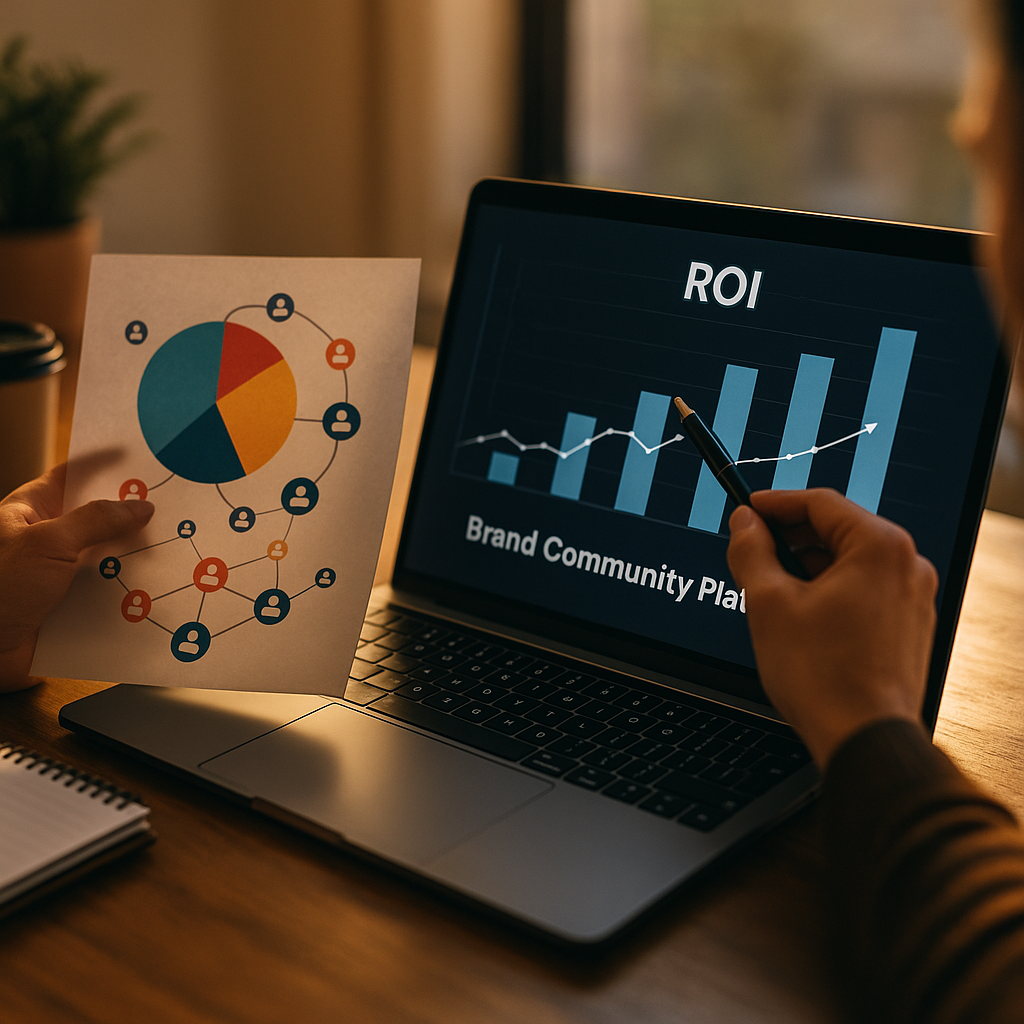Measuring the ROI of a brand community platform is essential for modern businesses optimizing engagement and growth. A data-driven framework empowers companies to quantify value, inform strategy, and secure stakeholder buy-in. But where should your measurement journey begin—and how do you tie metrics to hard outcomes? Let’s demystify the process and unlock actionable ROI insights.
Understanding the Value Proposition of Brand Community Platforms
Before diving into ROI measurement, clarify the purpose and benefits of your brand community platform. Communities today serve as hubs for customer support, advocacy, co-creation, and feedback. According to an IDC report, active brand communities can drive customer retention increases of up to 20% and speed product innovation cycles by nearly 25%.
Key value drivers include:
- Customer loyalty: Members are more likely to repurchase and refer.
- Self-service support: Community answers deflect costly service tickets.
- Brand advocacy: Engaged users amplify positive word of mouth.
- Actionable insights: Real-world feedback enhances product development.
By mapping these benefits, you can later align them to measurable metrics and quantify impact.
Establishing Key Metrics for Community Performance Tracking
Effective ROI analysis starts with robust data collection. Pick your secondary keyword—community performance tracking metrics—and build a dashboard that blends engagement, satisfaction, and business outcomes.
Recommended metric categories include:
- User Engagement: Daily active users (DAU), posts submitted, replies, and likes.
- Growth Metrics: Member signups, onboarding completion, and churn rates.
- Content Value: Helpful answers, knowledge base articles created, and solution rates.
- ROI Drivers: Ticket deflection, net promoter score (NPS) changes, and sales influenced by the community.
Successful organizations track both quantitative (e.g., DAU, ticket deflection) and qualitative (e.g., member sentiment, testimonials) signals to tell a complete story.
Calculating Tangible ROI with Ticket Deflection and Cost Savings
One of the most direct ROI levers is ticket deflection. When customers find solutions in the community, they don’t log support tickets—freeing up your service team and saving costs.
- Define the Deflection Rate: Track how often members resolve issues via community content rather than contacting support directly. Surveys, analytics tags, and “Was this helpful?” votes are useful tools.
- Calculate Cost Savings: Multiply deflected tickets by your average cost-per-ticket. For example, if 2,000 tickets are deflected monthly and each support ticket costs $12 to resolve, you’ve saved $24,000 a month—a figure your CFO can appreciate.
- Include Other Cost Offsets: Factor in reduced escalation, faster onboarding, and proactive troubleshooting—all measurable via community analytics.
Quantifying these areas allows you to credibly present the financial impact of your brand community platform.
Attributing Revenue Influenced by Community Engagement
The next layer in a comprehensive ROI framework leverages community engagement analytics to connect membership activity to actual revenue.
- Track Referral & Conversion Paths: Use UTM codes and CRM integrations to identify customers who purchased after participating in events, reading discussions, or consuming UGC (user-generated content).
- Calculate Average Order Value (AOV): Compare AOVs and renewal rates between community members and non-members—members usually spend and renew more frequently.
- Analyze Advocacy Impact: Highlight the revenue attributed to ambassador programs, shared testimonials, and customer stories emerging from the community.
Companies like Atlassian and Salesforce have reported double-digit increases in customer LTV (lifetime value) for community-engaged cohorts versus the general customer base. This analysis arms your business with persuasive revenue attribution data.
Leveraging Community Insights for Product Innovation ROI
Advanced organizations realize ROI not just through cost-savings or upsells, but by accelerating time-to-market and raising product quality using community insights.
- Gather Input at Scale: Feature requests, bug reports, and feedback threads offer unfiltered, real-time insight into customer needs.
- Accelerate Iterations: Crowdsourced beta programs, voting mechanisms, and prioritization polls can cut market research lead times from months to weeks, speeding innovation cycles.
- Measure Impact: Track metrics such as time-to-release for new features influenced by community suggestions and reductions in post-launch support requirements.
Community-powered innovation isn’t just faster; it often leads to higher adoption and satisfaction, reinforcing a positive ROI feedback loop for your brand community platform.
Communicating ROI to Stakeholders With Impactful Reporting
The final step is packaging your findings into clear, compelling reports for leadership using brand community platform ROI narratives. Tie together cost savings, revenue influence, and innovation outcomes to show an integrated picture of value.
- Focus on Business Outcomes: Link metrics to strategic KPIs (e.g., customer retention, NPS, CAC).
- Visualize the Data: Charts and dashboards highlight trends and enable quick scanning by executives.
- Share Success Stories: Incorporate qualitative wins—member testimonials, product launches—alongside quantitative results.
By aligning your ROI reporting cadence with business goals and making results actionable, you’ll secure ongoing investment and buy-in for your community initiatives.
FAQs About Measuring the ROI of a Brand Community Platform
- What is the most important metric for community ROI?
No single metric tells the whole story. Ticket deflection, increased customer LTV, and engagement rates together provide a well-rounded view.
- How often should we report on community ROI?
Quarterly reporting is standard for strategic stakeholders, though monthly dashboards can drive ongoing optimization.
- Can ROI be proved for communities focused on brand awareness rather than support?
Yes—track advocacy, referral traffic, content shares, and search impact to attribute value beyond direct support savings.
- What’s the best way to benchmark our metrics?
Compare your community against industry standards and your own historical data to reveal growth areas and strengths.
- How do we handle qualitative results in ROI?
Supplement numbers with customer stories, testimonials, and case studies. These validate quantitative outcomes and boost executive confidence.
Any organization can unlock growth by measuring the ROI of a brand community platform with discipline and creativity. By tying metrics to concrete business outcomes, you’ll justify investments, earn trust, and ensure your community thrives in 2025 and beyond.
